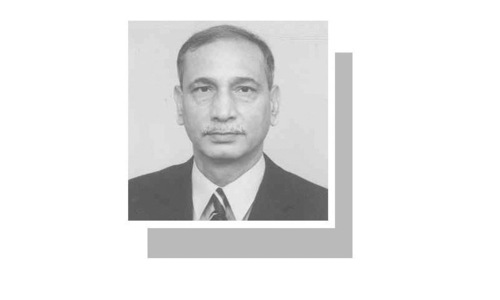LAHORE: Rapid depletion in the storage capacity of the Hub dam has forced the Water and Power Development Authority (Wapda) to consider enhancing its capacity to meet the increasing demand of water in Sindh and Balochistan.
The authority also plans to construct a power house to generate up to 4MW electricity through water releases from the dam after increasing its capacity.
“Since no political government in the past paid any attention to the water problem, and in view of the rapidly depleting capacity of the reservoir, we cannot keep quiet any longer. That is why we have finally decided, in a high-level meeting, to enhance the dam’s storage capacity by at least 49,000 acre feet,” a senior Wapda official told Dawn.
According to the plan, Wapda will recover the dam’s lost storage capacity by removing the sediment deposits in the reservoir. The increase will be achieved by excavating the deposited material lying between the dead storage level (276 feet) and normal conservation level (339 feet) along the reservoir’s periphery. The dam was constructed in 1981 across the Hub River, some 56-kilometres north-east of Karachi. It was designed to supply 102 million gallons per day (MGD) to Sindh and 59MGD to Balochistan. At the time of its completion, live water storage capacity of the dam was 760,000 acre feet, which has come down to 646,000 acre feet now.
“We preferably want to complete this project with our own financial resources. For getting rid of the sediment build-up, we plan to hire all those allegedly involved in digging and lifting sand — as well as other residue deposits — unlawfully in the adjoining areas. The material dug up to clean the reservoirs can be supplied to construction sites nearby in Karachi. We will invite them to begin digging soon. For this we will charge them,” explained the official who preferred anonymity. In this way, the official said, Wapda would not only save money but also provide an opportunity to those involved in digging up sand illegally. Wapda, he said, also desired to get some power generation from the project — which is likely to add up to about 4MW.
Meanwhile, a spokesperson for Wapda says that the Hub dam project has the potential to generate hydel electricity. “According to the concept paper, prepared by Wapda hydropower planning, 1.4MW electricity can be generated from the dam by installing two generating units — of 0.7 MW each — that could produce up to 5.85 million units of electricity. The electricity generated through the dam can be provided to the institutions and households located in the area. Therefore, Wapda has also decided to implement a hydropower project at the dam. The offices concerned have been directed to prepare a feasibility study, a detailed engineering design and tender documents for the purpose,” he concluded.
Published in Dawn, August 16th, 2018















































